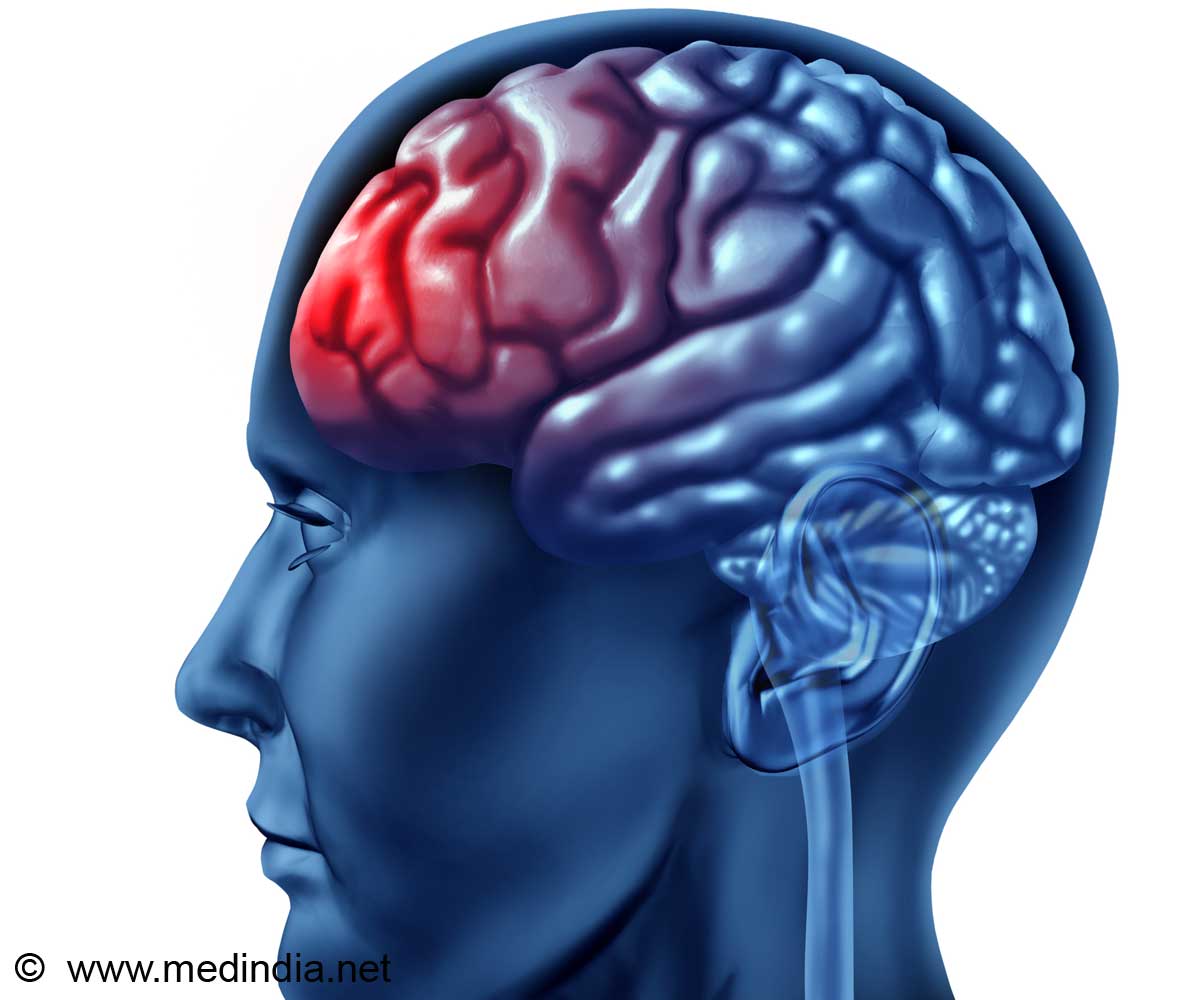
"The Connectedness Illusion": Connecting the circles creates the illusion of fewer circles on the right. But when our brain plans actions to these targets it computes the actual number of targets.
When people act on these targets, however, they can rapidly plan accurate and strategic reaches that reflect the actual number of targets.
Using sophisticated statistical techniques to analyze participants' responses to multiple potential targets, the researchers found that participants' reaches to the targets were unaffected by the presence of the connecting lines.
Thus, the "connectedness illusion" seemed to influence the number of targets they perceived but did not impact their ability to plan actions related to the targets.
These findings indicate that the processes in the brain that plan visually guided actions are distinct from those that allow us to perceive the world.
Advertisement
"It's as though we have a semi-autonomous robot in our brain that plans and executes actions on our behalf with only the broadest of instructions from us!" she asserted.
Advertisement
The finding was published in Psychological Science, a journal of the Association for Psychological Science.
Source-ANI















